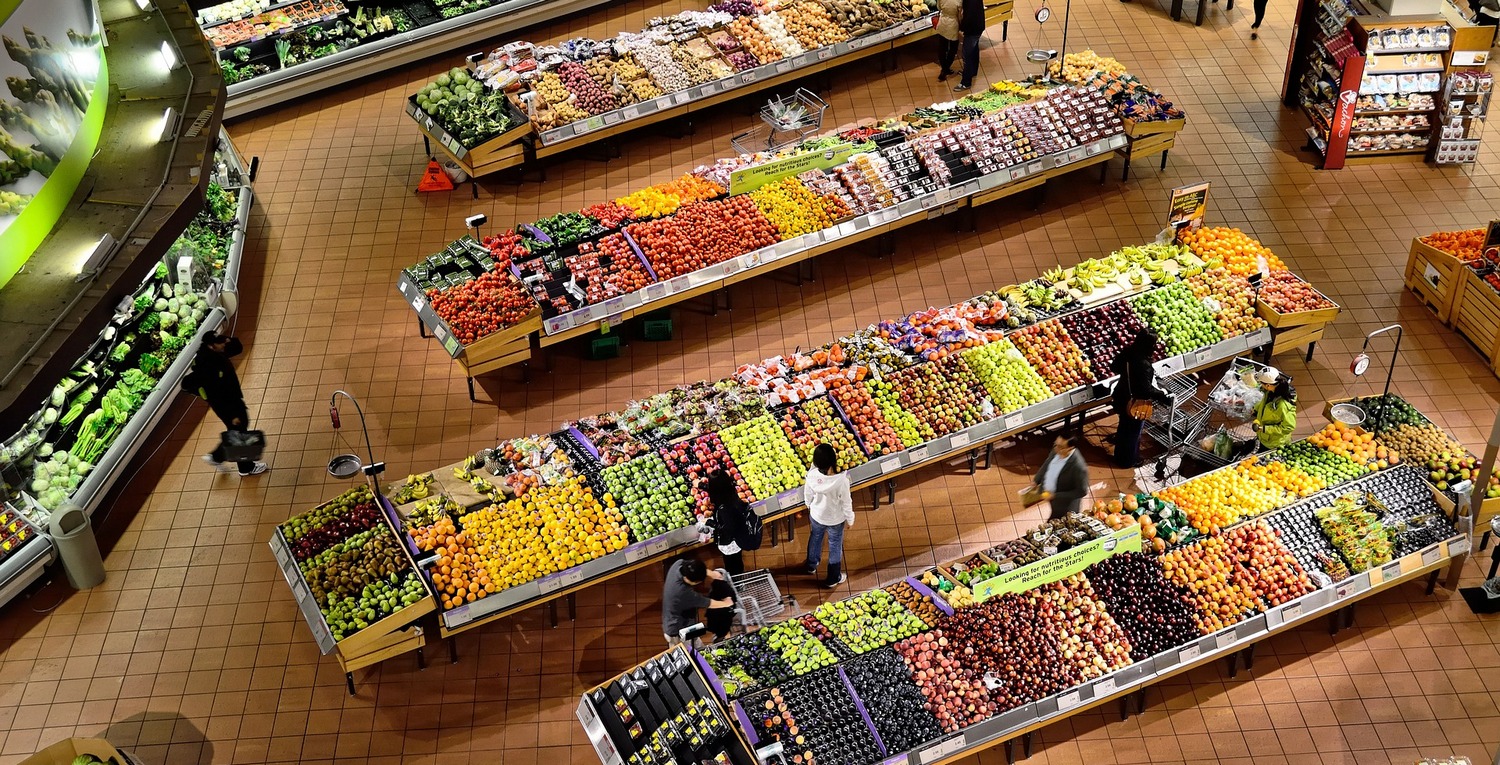A year into the COVID-19 pandemic, the hunger crisis facing millions of Americans is now fully apparent.
The images of miles-long lines at food banks have illuminated the fragility of a food system that has left too many behind. In 2020, food banks nationwide distributed 6 billion meals to those facing hunger in the United States.
Yet alongside hunger is another equally crippling public health crisis: Poor nutrition. According to the CDC, six in ten Americans live with at least one chronic disease including heart disease and stroke or diabetes for which poor nutrition and lack of physical activity are major risk factors. These and other chronic diseases are the leading causes of death and disability in America, and they are also a leading driver of health care costs with $1 out of every $4 in U.S. health care costs spent on diabetes care alone.
“Nutrition insecurity” is a top priority for the newly returned head of the USDA, Secretary Tom Vilsack, who recently noted, “We cannot have the levels of obesity, diabetes, and chronic disease that we have. It will literally cripple everything we’re trying to do as a country.”
Thankfully, there are solutions on the table.
The pandemic demonstrated the effectiveness of America’s top safety net: The Supplemental Nutrition Assistance Program (SNAP), previously known as “food stamps,” served 43 million people during the pandemic — roughly one of every eight Americans — and accounted for nine meals to every one provided by food banks.
What may be less recognized is how SNAP works even harder for families when paired with healthy nutrition incentive programs like Double Up Food Bucks, which today operates in 28 states from coast to coast with other models of nutrition projects in every state.
Healthy food incentives immediately increase the buying power of families, helping them bring home more food when using SNAP. In addition, those dollars are prioritized for fruits and vegetables, simultaneously reducing hunger while improving nutrition.
But the benefits don’t stop there: In addition to these critically important contributions to combating hunger and bringing healthy food within reach, SNAP and nutrition incentives also support local economies.
According to the Food Research and Action Center (FRAC), SNAP benefits significantly strengthen the economy, with every dollar of SNAP generating $1.70 to $1.80 of local economic benefit. During a crisis like we are facing with COVID-19, SNAP provides a seamless economic stimulus, with 97 percent of benefits redeemed by the end of the month of issuance.
The broad economic impacts of SNAP are further enhanced when paired with nutrition incentives like Double Up. New research by a team of agricultural economists at Colorado State University shows that healthy food incentive programs don’t just help the families that use them to buy more food, they also provide direct financial benefits to grocers, farmers, and the local economy.
For example, every $1 of incentives that SNAP shoppers use to buy more food results in an estimated contribution of up to $2.90 for the local economy. At the national level, the conservative modeling from this study estimates that scaling incentives to grocery stores and farmers markets across the country (with SNAP families redeeming $680 million to $1.4 billion in incentives in one year) would result in 10,000 to 22,000 jobs and $518 million to $1.1 billion in additional labor income.
The pandemic has underscored how important efforts like SNAP and nutrition incentives are, and recent COVID relief packages have invested in them to expand their impact. This includes increasing the maximum benefit of SNAP by 15 percent through September 2021 and providing a one-time $75 million boost to the Gus Schumacher Nutrition Incentive Program to support existing USDA-funded efforts.
As we face the daunting twin challenges of hunger and nutrition insecurity, the opportunity ahead is to ensure such efforts remain strong and resilient in providing all Americans access to the fresh and nutritious foods they need to thrive.



